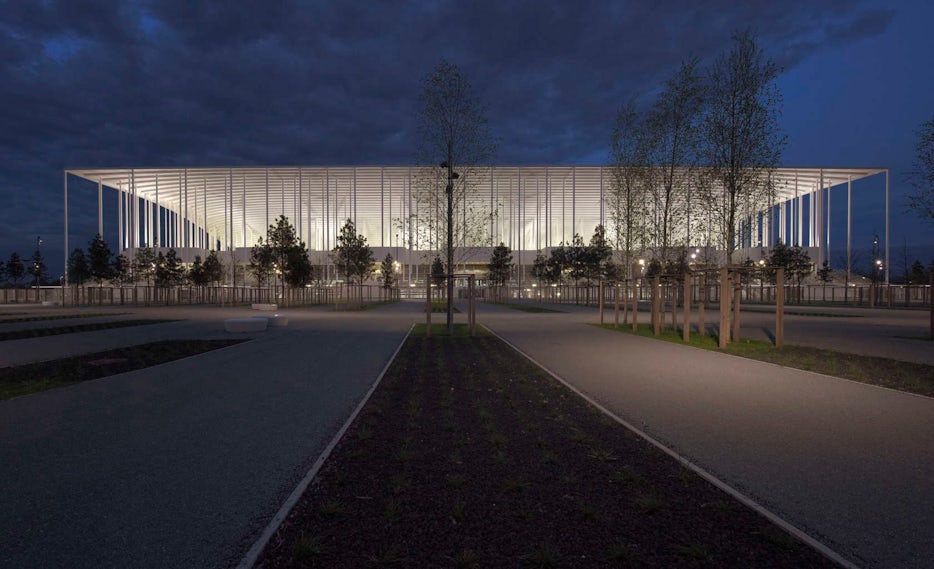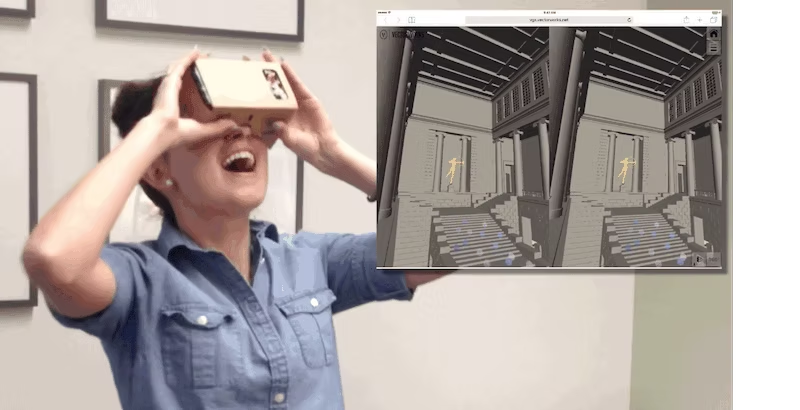It’s no surprise that the phrase “chained to your desk” has negative connotations. The notion that one must stay put to get work done is deeply rooted in our society, but deeper than that lies the reason for its associations of dread: People don’t like to sit still. From jail cells to frozen passports, restrictions on movement have been employed as punishment for ages. So why, then, would any business owner who truly values their employees insist they work only in one spot throughout the day? While support for this arrangement may cite the dependability of consistent placement as an advantage, the perceived value of this practice is slowly changing as the world quickly becomes increasingly digital.
Already popular in the tech world, alternate arrangements for working spaces are making traction in small pockets around the globe. Among the experiments being made, the freedom for individual employees to work from a variety of nontraditional environments throughout an office represents the most significant change in workspace design — a practice that can forever change stereotypical attitudes toward working.
Beginning with the poster child for alternative working arrangements — Google — the projects below consider the spatial implications of this practice if it were to become widespread. Each project is examined for the type and composition of spaces featured that may be needed for a workplace of this kind and the broader effects their inclusion could have on our understanding of workspace design. Radically new in organization relative to the rest of the world, these examples could foreshadow the workplace of the future. Only time will tell.

© PENSON

© PENSON
Google Engineering HQ by PENSON, London, United Kingdom
Google’s worldwide locations frequently tout carefully considered layouts that support a wide variety of working preferences. Its London engineering headquarters is no exception: Small, playfully furnished meeting rooms function as collaborative working spaces for employee teams focused on any imaginable effort and are outfitted with dry-erase boards meant to encourage free-flowing discussion of ideas.
Recreational areas include music, game rooms and open lounge areas, while single-person nooks can be used as quiet working or resting quarters. Desks and workstations are fully adjustable, offering a very high level of customization relative to a traditional office setting. A host of more typical corporate spaces are rounded out with an auditorium for office-wide engagement as well as a kitchen and “Coffee Lab,” albeit even the most run-of-the-mill spaces in this office are decorated in Google’s signature design flair.

© Bruce Damonte Photography Inc

© Bruce Damonte Photography Inc
Zendesk San Francisco Headquarters by Blitz, San Francisco, Calif., United States
Open seating at large, expansive tables is the primary organizational scheme for this office. Characteristic of the laptop culture found in many tech companies, an at-will seating arrangement allows flexibility in collaborative and individual work, letting employees choose which area of the office suits their needs for a particular task.
A host of other, more typical working spaces are laced throughout this company’s multistory headquarters: an auditorium, reception, conference and meeting areas. But in a unique design twist, they’re distributed throughout the building in a manner that deliberately shifts between free-flowing open plan and small-scale closed quarters, emphasizing the variety of spatial choices available to employees and visitors alike.

© SPRIKK office for architecture

© SPRIKK office for architecture
YNNO Workplace by SPRIKK, Utrecht, Netherlands
A company that consults on innovative layouts for working spaces decided to put their own principles on display when designing their home office. Because the employees of this company spend most of their time at clients’ offices and relatively little at their own, they decided to eschew the traditional practice of separated desks and instead constructed a variety of large, fluid touchdown spaces to be used by sojourning employees as they see fit.
The resulting birchwood constructions constitute several multipurpose areas that can used for a variety of functions throughout the day: As a surface, they offer short-term, individual working and informal group meeting space; as a shelter, they provide defined areas for more focused meetings or brainstorming sessions. Toward the perimeter of the space, two traditionally styled conference rooms allow acoustic separation from the rest of the office.

© Meury Architektur

© Meury Architektur
Work Pods by Meury Architektur, Zürich, Switzerland
Variable levels of customization and control are offered to both employees and employer at this data security company in Zürich. The concept of “Work Pods” was conceived as an update to the traditional office cubicle. Essentially comprising personal office structures, each Work Pod can be customized to an individual employee’s desired level of comfort and privacy. Walls and ceiling elements can be fully closed for focused work or opened for visual and auditory inclusiveness with the surrounding office.
As a reminder of the employer’s ultimate organizational power, the Work Pods themselves can be arranged around an otherwise bare office space at will — allowing layouts to be changed easily when adding or removing employees and leaving the space flexible enough to accommodate other workspace elements such as open-plan meeting areas or partitioned conference rooms.
Top image: Breakout space at Google’s Budapest office. Image via Office Lovin‘




